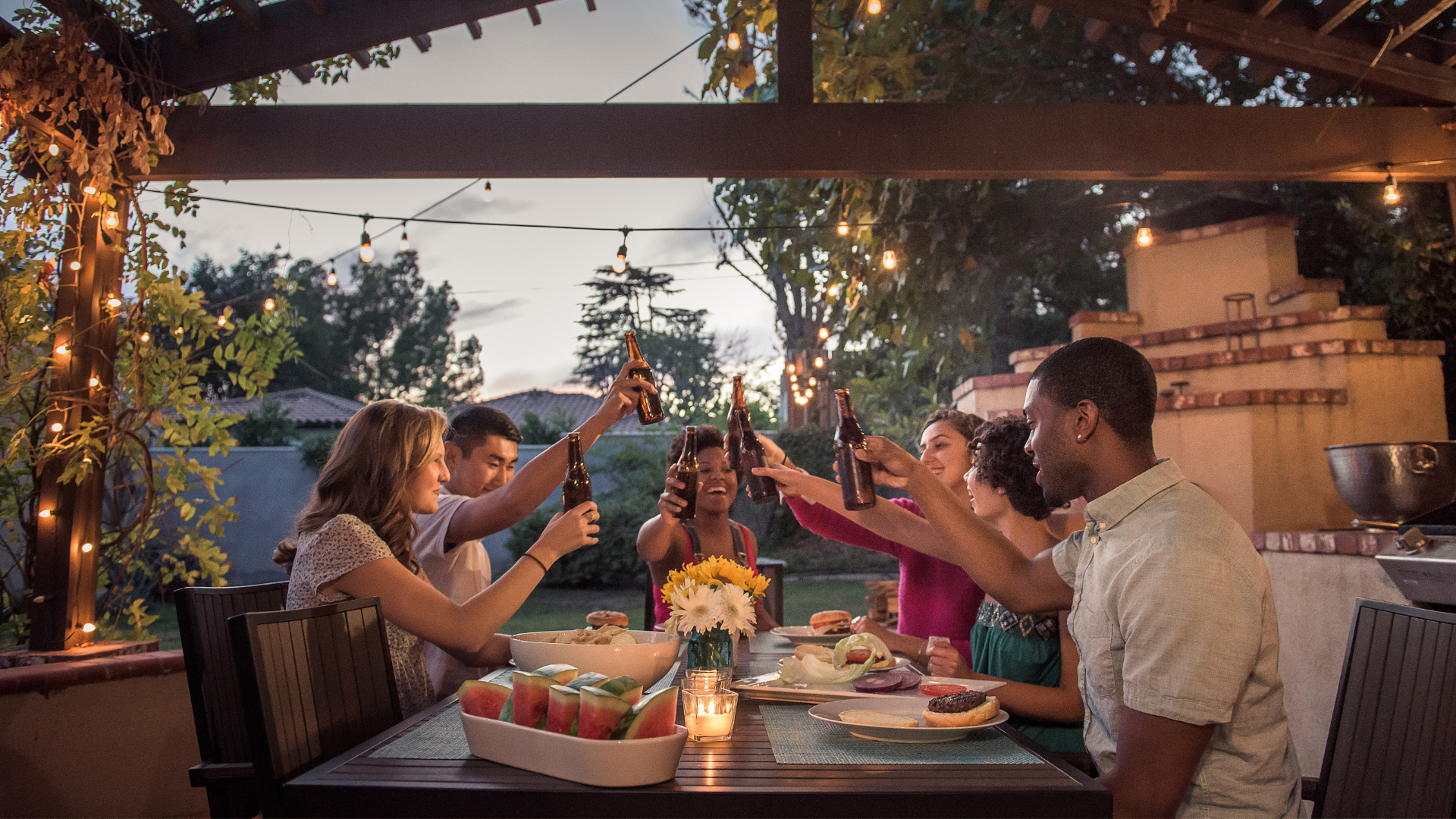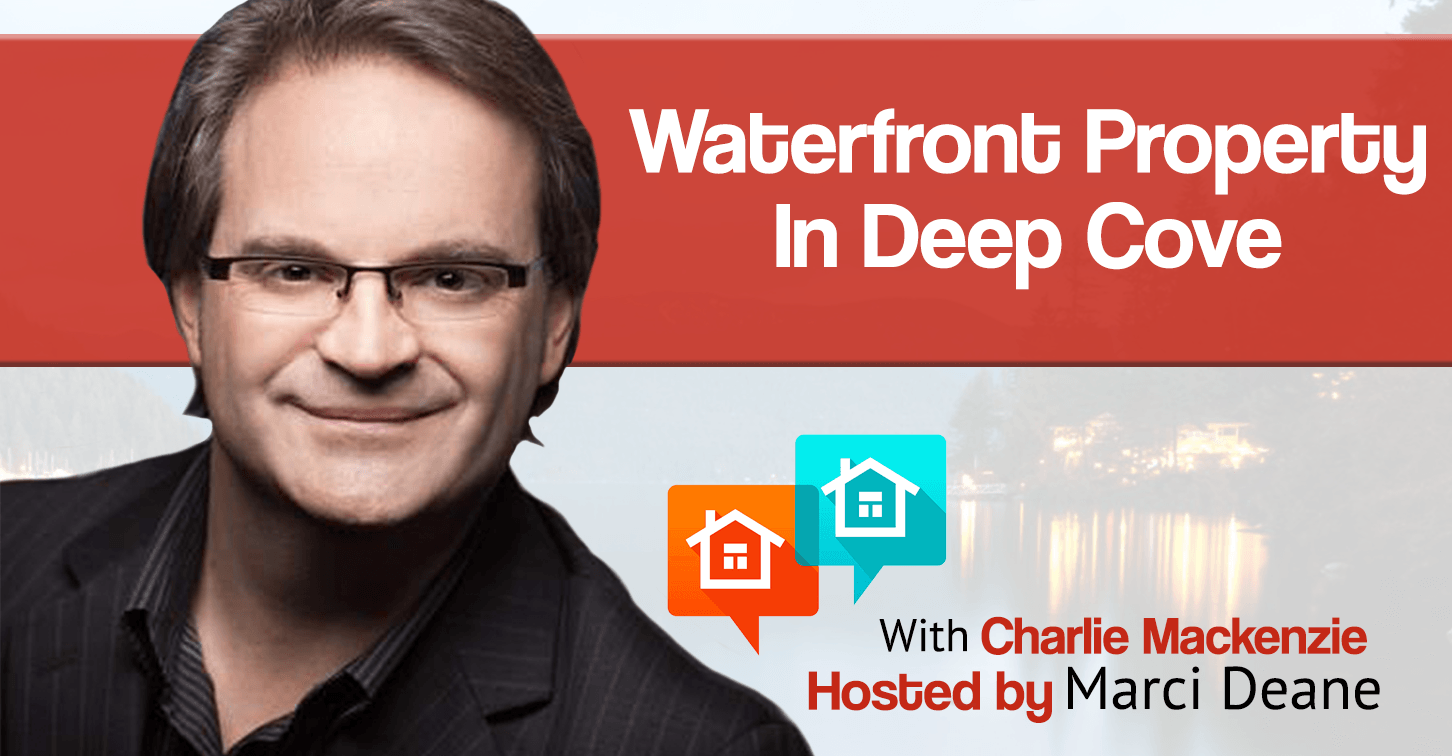029: Waterfront Property In Deep Cove With Realtor Charlie Mackenzie
Marci Deane
talks with Charlie Mackenzie a Realtor with RE/MAX Crest Realty.
Introduction
Charlie Mackenzie has been a Realtor with RE/MAX Crest Realty since 2002. He has won awards including, RE/MAX Platinum Award, 100% club, and the RE/MAX Hall Of Fame Award. He specializes in Single Family Homes, Duplexes and Waterfront Properties.
Outside of real estate, he is a musician and songwriter. Check out Charlie and his band, Memory Day on iTunes.
Key Points
- [2:55] What did you think it was going to be like before you started as a Realtor, and what did it end up really being like?
- I thought I would just be selling homes but it turned into so much more. You are a life coach, an ear for someone; you get to know people on a very close level.
- [3:40] What are some of the different waterfront areas in Deep Cove?
- We have a lot of high priced properties in the Dollarton area. Some properties are going as high as 10 million dollars today.
- Towards the Cove, you have the Strathcona area, very hilly, little less money than Dollarton. Properties are in the 5-7 million dollar range.
- Panorama Drive is a more dense area with steep, smaller properties.
- Indian Arm has the lowest costs but is the most remote. It’s about a 10-15 minute drive from the Parkgate shopping center.
- [6:10] Do people live in Indian Arm all year round?
- Yep.
- The area is “off the grid”. There is a propane company that makes deliveries.
- [8:20] What do buyers need to know about the market in this area?
- If your looking for a property with a dock make sure it’s licensed and that you have a foreshore lease.
- Septic systems are an issue in the area. Most of the septic are not up to modern standards. There is no such thing as a grandfathered septic system.
- [10:15] If you buy a boat only access property, where do you park it?
- The main launch is Cates Park but parking is not the best.
- Seycove marina is a bit better but parking is the main issue in Deep Cove.
- [12:40] Any last thoughts you want to share?
- Technology is changing. You don’t need to be hooked up the to BC hydro anymore.
- [13:25] What are the top 3 things someone should know when thinking about buying a waterfront property?
- Know how old the property is. Get a home inspection.
- Make sure the dock is properly maintained.
- Work with a Realtor who understands this particular niche.
Contact Charlie Mackenzie
- Web: www.charliemackenzie.com
- Web: deepcoveliving.com
- Phone: 604-988-8000
- Email: charliemac@shaw.ca
Share














